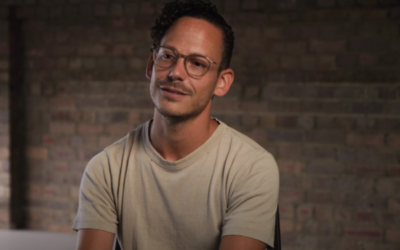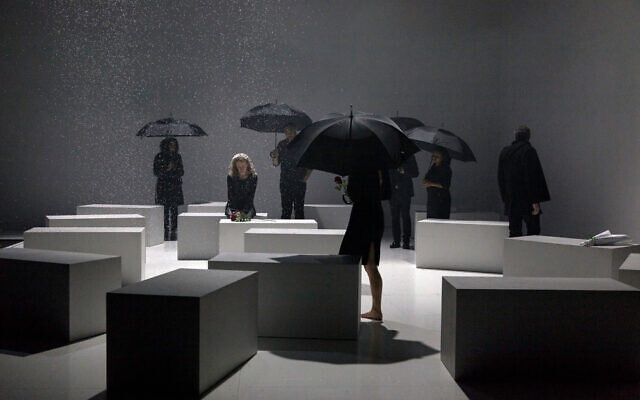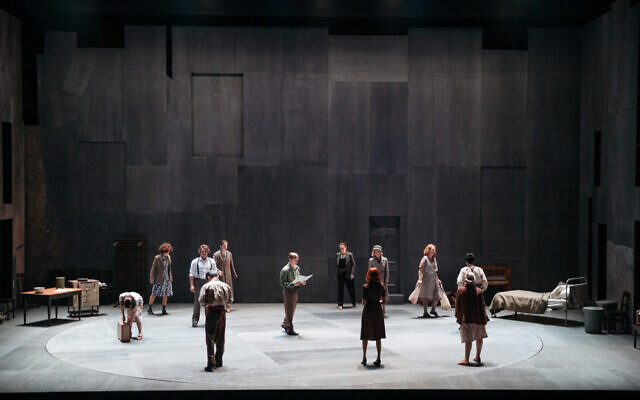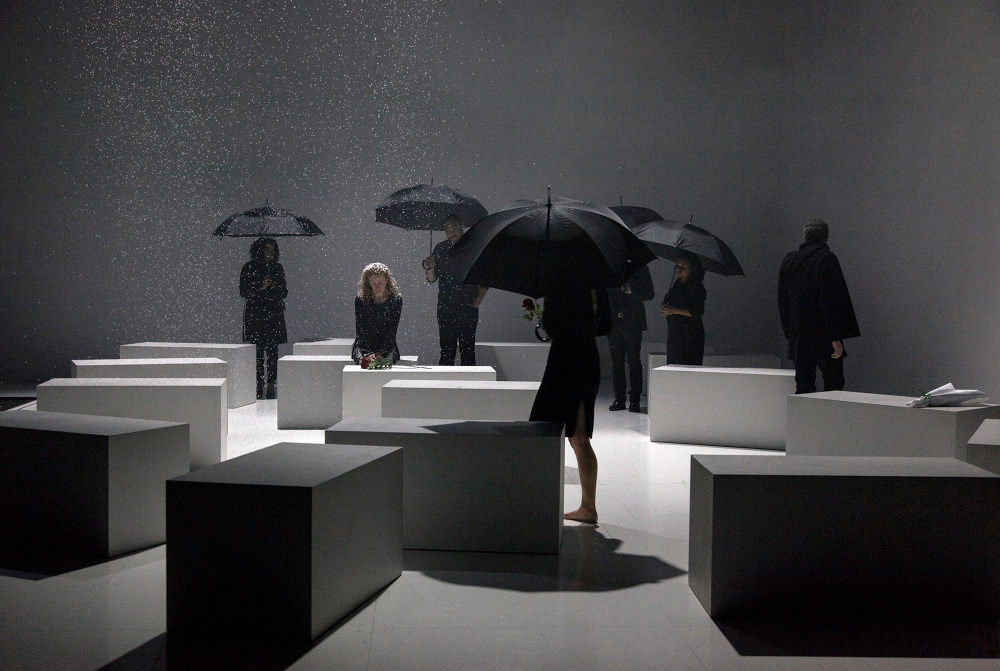When faced with lockdowns and lock outs from theatres, freelance theatre designer David Fleischer dipped his toes into the digital pool. While he enjoyed the process, nothing beats the real thing, designing for live theatre, opera or dance.
Still, he stayed optimistic, remaining connected with his peers and mentors, and finding projects in other fields.
Now, the Moriah College graduate is finally seeing the light at the end of the tunnel, as Australia slowly moves to re-opening and live performances find their way to capacity audiences.
Finding his feet

Throughout school, Fleischer was very involved in music, drama and visual arts. So when it came to furthering his study at university, it felt right to continue with his passions. Although, he clarifies, it wasn’t necessarily to land a career.
“I was more interested in the subjects that the course offered – history or architecture, history of literature, history of fashion, life drawing, colour theory, technical drawing,” Fleischer explained. “These were all areas that I knew I wanted to know more about, even outside of any vocation.”
The pieces fell into place when he finished his studies.
Theatre at its core is a collaborative medium, so my colleagues are always of immense inspiration. Weaving fluidly between a collective process and one’s individual artistic practice is key though.
“I realised this artistic career was something that could be incredibly fulfilling for me and seemed to coalesce those early interests quite beautifully,” he said.
In the early days, fresh from graduation, Fleischer followed two paths simultaneously. Both gave him different insights and opportunities. The first was independent theatre working with his peers, which Fleischer explains as “whacky and varied shows at smaller theatre houses”, fostering artistic relationships with directors and creative teams.

At the same time, he was working with a few key established designers in the industry. From this, he got his big break.
“Having a connection to mainstage companies and having my own work on the smaller stages to show their artistic directors, I got a break and was asked to be one of Sydney Theatre Company’s resident designers less than two years after having graduated,” said Fleischer. “That was probably the biggest foundation.”
He has also worked with Melbourne Theatre Company, Queensland Theatre and Dark MOFO, among many others.
A collaborative process
For Fleischer, his aim is to take the audience on a journey, which is how he frames his design process. While the creative development is different with each performance, he notes it is always a team effort.
“Theatre at its core is a collaborative medium, so my colleagues are always of immense inspiration. Weaving fluidly between a collective process and one’s individual artistic practice is key though,” he said.
He zones in on each idea developed and then visualises ways to best express that.
“Simply put, I’m more about movement and time than static pictures,” he said.

When asked what his favourite performance so far has been, he said it was just too tough to answer with one, but Romeo and Juliet was definitely a pivotal moment.
“It was the first production of scale I was asked to design,” Fleischer explained. “The company was incredibly interested in seeing what the director and I could do as a team, when we were relatively young, so our creativity and ambition was really nurtured.”
He also names Impermanence for Sydney Dance Company and The Australian String Quartet, The Harp in the South for Sydney Theatre Company and the new Australian musical, Fangirls, for Belvoir St Theatre which went on to a national tour.
“Both of these theatre works were probably the most complex, time consuming yet ultimately satisfying productions I have worked on, filled with exquisite craft from all those involved.”
Nothing beats the real deal
Fleischer relishes the fact that he has become knowledgeable in quite specific fields.
I wish I could say I’ve pivoted my profession towards digital, but nothing beats the real deal.
“Baroque sonatas, Bauhaus lighting fixtures, Danish cabinet making, Virginia Woolf’s collection of essays, 1930s Australian wallpaper, steel arch bridge engineering, industrial irrigation systems (we do a lot of rain effects in theatre), floral arranging, ’60s and ’70s Italian furniture design. The list goes on,” Fleischer said.
“Friends often ask my advice on all things design, and I have this wonderful back-catalogue of historical and contemporary reference points that go well beyond theatre. It’s quite special being connected to the past in that way.”
Something that’s challenging the arts and performance industry is the fragility.
“Where we are at right now in the world has shown us how volatile the arts industry is, even pre-COVID, and being reminded of that reality, and still being open, imaginative and responsive to make work can be slightly challenging,” Fleischer explained.
“I wish I could say I’ve pivoted my profession towards digital, but nothing beats the real deal,” he said, before finishing with a heartfelt plea.
“Go buy some tickets to live theatre!”
For more about David Fleischer and his work, visit davidfleischer.com


comments